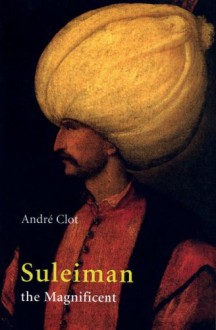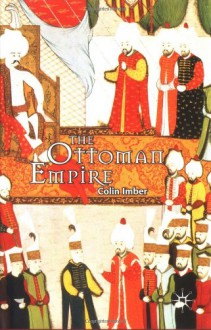
By nearly every measure, the sixteenth century bore witness to a remarkable number of extraordinary monarchs. Rulers such as Henry VIII and Elizabeth I of England, Francis I of France, the Habsburg emperors Charles V and Philip II, Ivan IV of Russia, ‘Abbas I of Persia, and the Mughal emperor Akbar reshaped their realms through their ambitious policies and forceful rule. Yet even in this august group the name of Suleiman stands out. As sultan of the Ottomans, Suleiman led the empire during what is generally regarded as the pinnacle of its glory and power. Under his rule the empire flourished and extended its control over three continents. Yet in spite of this Suleiman has received far less attention form biographers than most of his contemporaries, present more often as an opponent or an ally in many accounts than as a figure worth of attention in his own right.
Given this, Andre Clot’s biography of the sultan is to be welcomed. A longtime journalist, Clot divides his book into two parts. The first is a straightforward narrative of Suleiman’s life that addresses on the political and military aspects of his reign. This section focuses heavily on Suleiman’s interactions with Christian Europe, even to the point of having an entire chapter addressing the sultan’s relations with Francis I. The second part of the book is an examination of the Ottoman empire during Suleiman’s reign, one that describes the economy, urban life, and culture that existed during his reign. Though the two sections compliment each other, each part stands alone to the point of being able to be read separate from the other, a lack of integration that ultimately weakens the effort to present a rounded overall picture of Suleiman and his times.
In the end, the focus and structure of the book prevent it from achieving Clot’s stated goal of providing a fuller understanding of Suleiman and his empire. The Eurocentrism of Clot’s narrative slights the considerable campaigns Suleiman conducted on his eastern borders against the Safavids, to say nothing of his considerable contributions to the empire’s internal development in such areas as the law. Mixing the two sections might have counterbalanced this, but their separation inhibits an easy understanding of his role and impact within the broader empire. These problems limit the usefulness of Clot’s book, which is recommended for anyone seeking to learn about the sultan only because of the disappointing lack of anything better.

 Log in with Facebook
Log in with Facebook 









